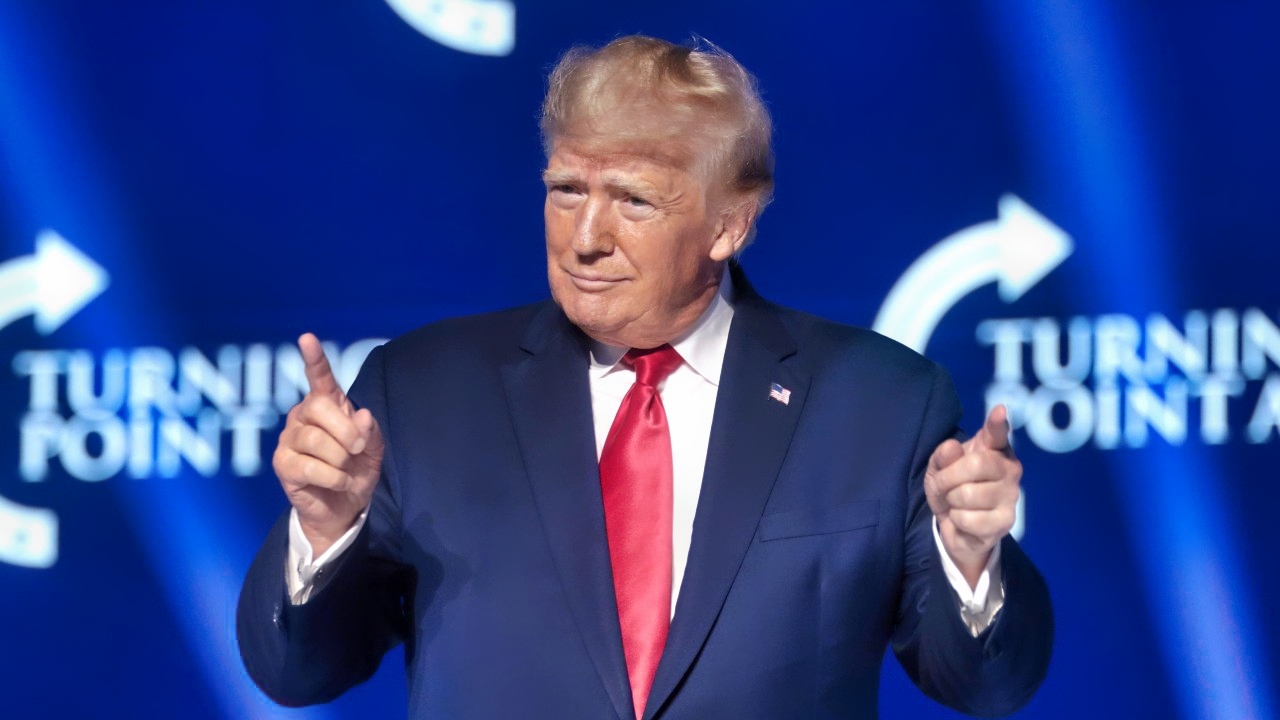Key Points and Summary – President Donald Trump claims his tariffs are a massive success, generating substantial revenue from foreign countries.
-However, economic analyses consistently show a different reality. While tariff revenue has indeed increased, the cost is being paid directly by American businesses, who then pass it on to American consumers in the form of higher prices.
-Critics argue that the tariffs function as a “giant national sales tax,” hobbling U.S. economic growth.
-Despite the president’s claims, the evidence suggests that it is Americans, not foreign governments, who are ultimately footing the bill.
Trump’s Tariffs: The Giant Tax Increase?
At the heart of Donald Trump’s economic policy is the imposition of tariffs, or at least the threat to do so, on the majority of countries in the world.
The idea is to increase revenues from foreign countries while encouraging U.S. business. Detractors claim that the tariffs will do little but pass the cost on to consumers.
“It been proven, that even at this late stage, Tariffs have not caused Inflation, or any other problems for America, other than massive amounts of CASH pouring into our Treasury’s coffers,” Trump posted on Truth Social earlier this month, per CNN. “Also, it has been shown that, for the most part, Consumers aren’t even paying these Tariffs, it is mostly Companies and Governments, many of them Foreign, picking up the tabs.”
Who’s Right?
According to an NPR report this week, tariffs are indeed “adding tens of billions of new dollars to federal revenue.”
“Last month, the Department of the Treasury brought in more than $29 billion in ‘customs and excise taxes’ — a category that is overwhelmingly tariff revenue.” That figure was $98 billion in 2024.
However, it would be wrong to conclude that the tariff money is coming from foreign countries.
“Importantly, that tariff money is coming from Americans. Businesses in America are directly paying the tariffs to the government. When they raise prices, it comes indirectly out of consumers’ pockets,” NPR said. “While $29 billion is a massive spike compared to prior years, it pales in comparison to the main way the government gets money — income taxes.”
Also, even as they have risen, the tariffs comprise just 2.7% of federal revenues.
“Historically, tariff revenue has never accounted for more than about 2% of total federal government revenues in the modern era,” Shai Akabas, vice president of economic policy at the Bipartisan Policy Center, told NPR. “And with the tariffs that are in place today, that could go up to 5% or perhaps even higher.”
“A Federal Money Grab”
Some descriptions of the tariffs have been even tougher.
Steve H. Hanke and Shawn Tully, for Fortune, wrote Tuesday that “it’s time to unmask the Trump tariffs for what they really are: A giant national sales tax that will hobble U.S. economic growth.”
“Buckle up, Americans. You’ve just been ambushed by a federal money grab that this nation hasn’t witnessed in recent history, the equivalent of a national sales tax—branded under another name. This version’s a giant revenue raiser that deficit-ridden Washington is likely to get hooked on,” the Fortune writers argue.
“In fact, it’s looking more and more like America’s answer to Europe’s fatal attraction that’s long been the leading enabler for the region’s extremely high levels of government spending: the value-added tax—the VAT. As I’m sure you’ve guessed by now, we’re talking about the Trump tariffs. And you can forget about foreigners picking up the tab for the tariffs. It’s Americans who will.”
As the Fortune writers argue, tariffs haven’t been a major part of the U.S. economic picture in quite some time.
“By making tariffs more than a minor footnote in the federal budget, the Trump administration takes this long-fading mode of taxation into uncharted fiscal territory,” they write.
“To be clear, tariffs operate differently from VATs. They’re collected at U.S. ports of entry by the U.S. Customs and Border Protection agency and are paid entirely by American importers. Under the Trump plan, the rates vary greatly even for the same goods, depending on what country they’re arriving from. On aluminum and steel, we’re charging Canada 50% and the U.K. “just” 25%. Typically, importers tack the tariff cost onto the price of their products in auto showrooms, grocery chains, and megastores. Hence, they raise the bill for American consumers at checkout counters.”
About the Author: Stephen Silver
Stephen Silver is an award-winning journalist, essayist, and film critic, and contributor to the Philadelphia Inquirer, the Jewish Telegraphic Agency, Broad Street Review, and Splice Today. The co-founder of the Philadelphia Film Critics Circle, Stephen lives in suburban Philadelphia with his wife and two sons. For over a decade, Stephen has authored thousands of articles that focus on politics, national security, technology, and the economy. Follow him on X (formerly Twitter) at @StephenSilver, and subscribe to his Substack newsletter.
More Military
Yes, Iran Could Hit the U.S. with Missiles
The SR-72 Darkstar Has a Problem










